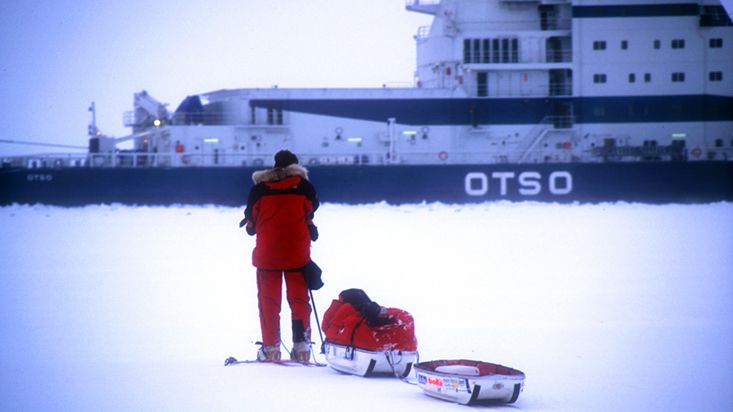Top Arctic World Expeditions
Recommended video
Outstanding News
Travel Map
IPGA Association
Specialists in Iceland

Paleontological remains of Tibetan fox (Vulpes qiuzhudingi), now extincted, were recently found by a team of Chinese researchers in the Tibetan Plateau where it is believed to have lived 3.6 to 5 million years ago.
Its characteristic teeth "hypercarnivore" shows that could be the ancestor of the current Arctic fox (Vulpes lagopus), because at high altitudes and in extremely cold weather there are almost no food of no animal-derived. Surprisingly the rest of the vulpine family does not have such dental pattern.
Scientists have found evidence of foxes halfway between the Himalayas and the current habitat of these predators, which proves that they might be distant relatives although there are more than three million years of difference between them.
Until today it was not found anything about the past of these so amazing animals, but with this theory, called "Out of Tibet", not only would explain that, but it also suggests that other predators like Polar bears (Ursus maritimus), wolves (Canis lupus), etc. could have adapted to that kind of weather in the Himalayas and then move to other parts of Asia or even to the most inhospitable polar regions.
An example of this adaptation would be the woolly rhinoceros (Tibetan Coelodonta), the hunting dog (Sinicuon dubius) or the snow leopard (Panthera Blytheae) whose evolution is located in Tibet as published in the Proceedings of the Royal Society of Biological Sciences.
Arguably, then, that evolution not only travels through time but also through distance, no less than from the Himalayas to the northern lands.





























